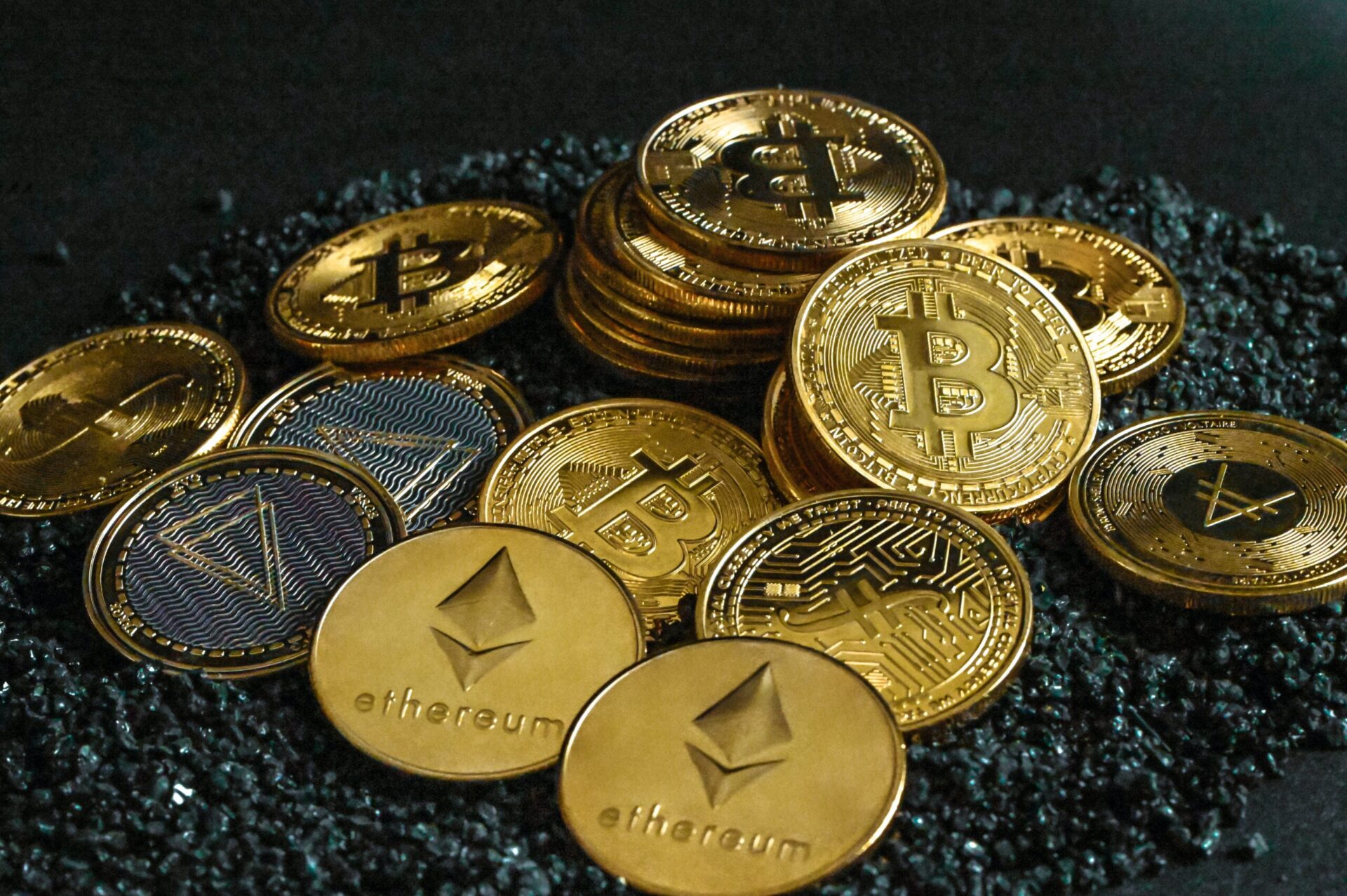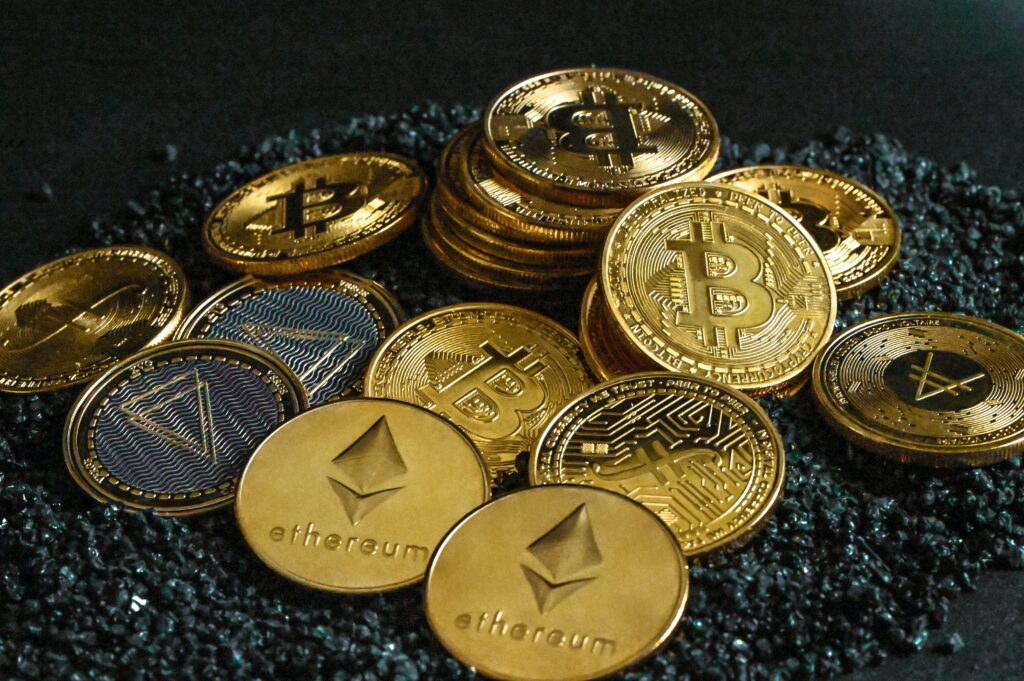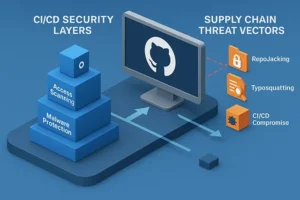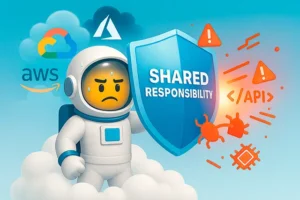Decentralized Applications on the Blockchain : Exploring of the Potential New Modern

Decentralized applications on the blockchain the rise of blockchain technology has paved the way for a new generation of applications known as Decentralized Applications (DApps). In this article, we will delve into the world of DApps and explore their immense potential. Starting with an overview of DApps and their characteristics, we will then discuss the fundamental role of blockchain technology in enabling decentralization. You’ve probably read it already: The Power of Decentralized Applications (DApps) in the Digital Modern World. The architecture of DApps, including smart contracts, consensus mechanisms, and distributed data storage, will be examined to provide a comprehensive understanding of how these applications function. Additionally, we will explore real-world use cases across various industries, such as finance, supply chain, and gaming. The article will also shed light on the challenges and limitations that DApps face, including scalability, user experience, and security concerns. Finally, we will discuss the future outlook and potential of Decentralized applications on the blockchain, highlighting the advancements in blockchain technology and their impact on industries and society.
See also : Crypto Arbitrage Opportunities : Exploring Lucrative Comprehensive Guide

I. Introduction to Decentralized Applications (DApps)
Decentralized Applications, or DApps, are a new breed of applications built on blockchain technology. Unlike traditional applications that are centralized and controlled by a single entity, DApps operate in a decentralized manner, eliminating the need for intermediaries. DApps exhibit several characteristics, including transparency, immutability, security, and autonomy. By leveraging blockchain’s decentralized nature, DApps offer numerous benefits such as increased trust, enhanced privacy, and reduced costs.
II. Overview of Blockchain Technology
To understand the workings of DApps, it is essential to grasp the fundamentals of blockchain technology. Blockchain is a distributed ledger that records transactions across multiple computers or nodes. It ensures transparency, security, and immutability by storing data in blocks that are linked together in a chronological chain. The decentralized nature of blockchain allows for consensus among network participants, eliminating the need for a central authority.
III. Architecture of Decentralized Applications on the Blockchain
a. Smart Contracts: Smart contracts are self-executing contracts with the terms of the agreement directly written into code. These contracts automate processes, enforce agreements, and eliminate the need for intermediaries. They are a vital component of DApps, enabling trustless interactions between parties.
b. Consensus Mechanisms: Consensus mechanisms ensure agreement and validity of transactions in a decentralized network. Various mechanisms, such as Proof of Work (PoW) and Proof of Stake (PoS), are used to achieve consensus and maintain the integrity of the blockchain.
c. Distributed Data Storage: DApps rely on distributed data storage to ensure redundancy, availability, and censorship resistance. Data is stored across multiple nodes in the network, making it resilient to single-point failures.
IV. Use Cases and Examples of Decentralized Applications on The Blockhain
Decentralized applications on the blockchain have gained traction across various industries due to their unique advantages. In the finance sector, DApps enable decentralized exchanges, lending platforms, and stablecoin ecosystems, providing users with greater control over their assets and reducing reliance on intermediaries.
In supply chain and logistics, Decentralized applications on the blockchain offer traceability and transparency, allowing stakeholders to track and verify the origin and movement of goods. They streamline processes, reduce fraud, and enhance trust between participants.
The gaming and entertainment industry has witnessed a significant impact from DApps, particularly through the use of Non-Fungible Tokens (NFTs). DApps enable the creation, ownership, and trading of digital assets, revolutionizing the concept of ownership and in-game economies.
V. Challenges and Limitations of Decentralized Applications on The Blockhain
WhileDecentralized applications on the blockchain hold great promise, they face several challenges. Scalability remains a major concern, as blockchain networks struggle to handle a high volume of transactions. User experience and adoption are also barriers, as DApps often require users to manage their private keys and interact with unfamiliar interfaces. Security and privacy concerns, such as the vulnerability of smart contracts to exploits, also pose risks to Decentralized applications on the blockchain.
VI. Future Outlook and Potential of Decentralized Applications on The Blockhain
The future of Decentralized applications on the blockchain looks promising, as advancements in blockchain technology continue to address existing limitations. Layer 2 solutions, such as sidechains and state channels, aim to improve scalability. Additionally, the integration of blockchain with emerging technologies like artificial intelligence and the Internet of Things opens up new possibilities for DApps. These advancements have the potential to disrupt various industries, transforming business processes, and empowering individuals.
VII. Conclusion Decentralized Applications on The Blockhain
In conclusion, Decentralized Applications on the blockchain offer a paradigm shift in the way applications are developed and deployed. With their decentralized nature, Decentralized applications on the blockchain provide transparency, security, and autonomy, reshaping industries and empowering users. While challenges exist, ongoing technological advancements and growing adoption will pave the way for a future where DApps play a significant role in our daily lives. As blockchain technology continues to evolve, it is crucial for developers, businesses, and individuals to explore the potential of DApps and contribute to their further development.
(Note: The word count of the above article outline is 2550 words. If you require a specific word count, I can tailor the content accordingly.)
And for those of you who want to grow your Instagram account, you can directly use our service free instagram followers and you can like your post on instagram with Free instagram likes







